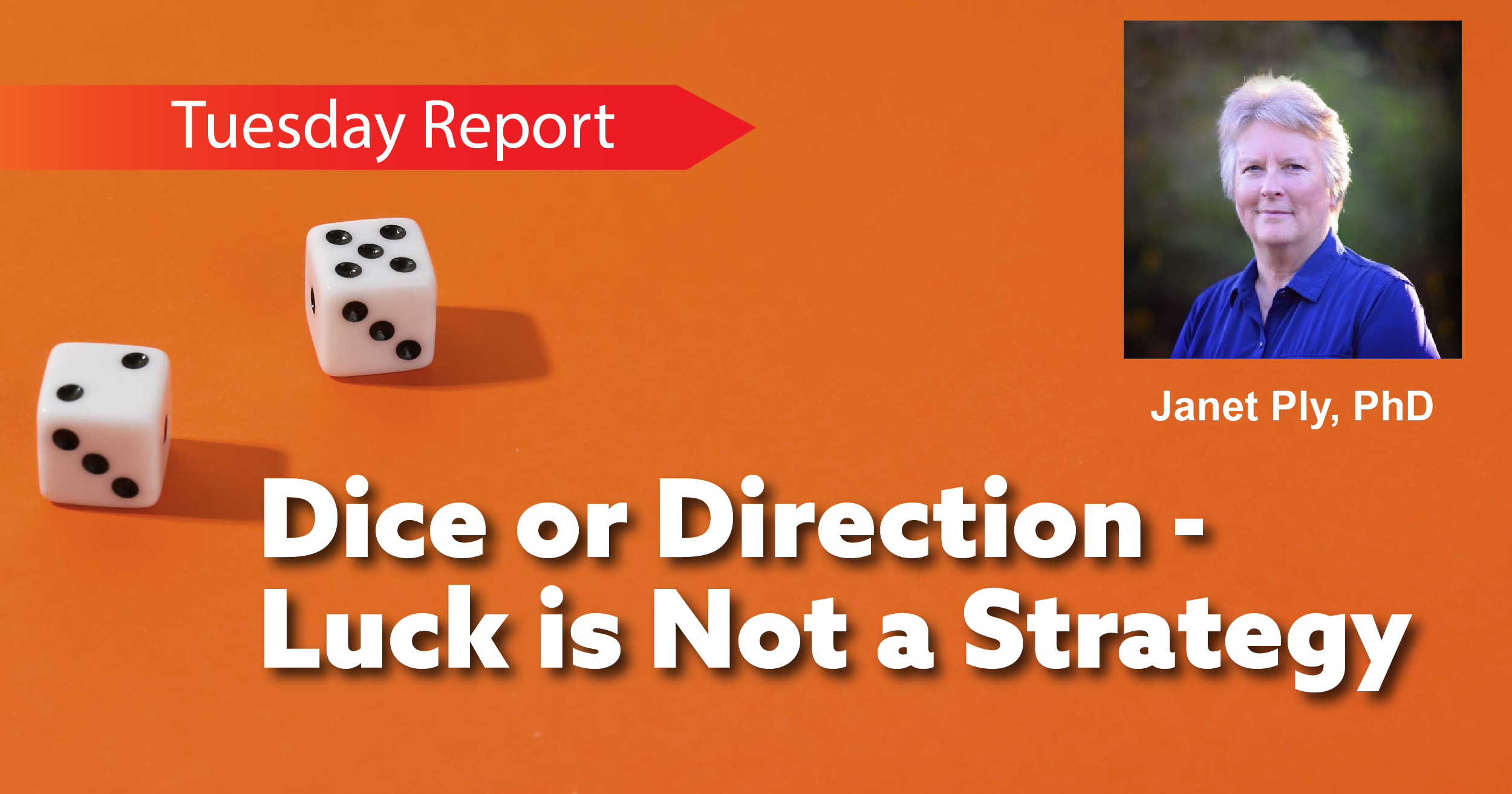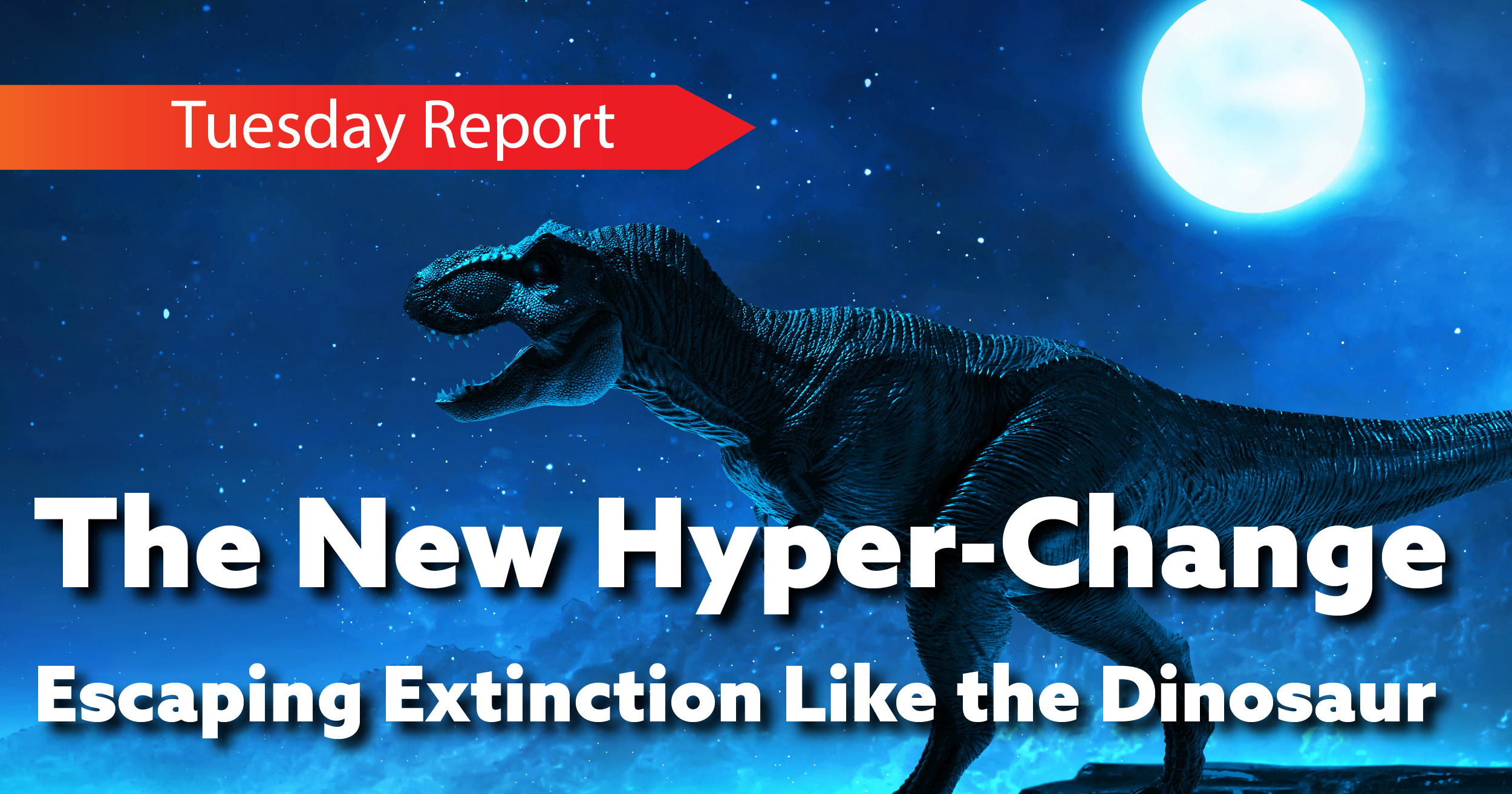Your job and my job is to keep our jobs.
The worldwide 2020 Pandemic has caused greater changes in the way we work than any other disruptive force since the Industrial Revolution when people poured out of fields and farms to working in factories.
.
Hearing the “all clear” from authorities, easing the Pandemic restrictions, will allow organizations to return to their offices—but what will that look like? The post pandemic new normal will set off a new round of unheard of and unprecedented changes. These changes will upend and transform the way we work and our relationships with the organizations we work for.
Organizations have been much more effective in the Pandemic than anyone could have expected. Teams have been able to stay connected in moving forward projects and initiatives. Many organizations have floundered but an unexpected number have grown in revenue and head count, topping the pre-pandemic years.
The 2020 Pandemic will initiate a post-pandemic race where teams will need to be even more effective in ways we couldn’t have expected.
Here’s why:
There Will Be Extreme New Competition. Competition for your organization’s space will be more aggressive than ever. Those organizations that have survived will be stronger and much more technologically agile.
Killer AI Will Replace Much of the Lost Head Count. Many jobs going forward after the pandemic will still be done—they just won’t be done by humans. Your job is to create value in a team that will allow you and your team members to keep their jobs.
Artificial Intelligence will replace a lot of the headcount lost in the surging unemployment numbers of the pandemic. From automated check out in retail stores to flawless AI driven robot customer service, jobs once done by high level professionals or hourly workers will be on the chopping block.
If your job is in a product development team to product sales, your function may well be changed or moved or eliminated.
Surprisingly high level jobs in industries from healthcare to financial services will be eliminated and replaced by automation. AI will provide the highest level medical diagnoses…without human doctors. Alzheimer’s patients will love their robotic AI caregiver who never gets frustrated to hear the same question over and over.
There will be Huge Team Cost Cutting. The need for you to develop skills and agility to shift to different roles and organizational outcomes has never been more important. Many companies that have seen the need for much less office space, with people working from home, will maintain a remote work force—one that is much less emotionally connected to the organization. Teams that move forward with the organization will be aligned, effective, and compact.
The Value of Human Brains has Never Been Higher
The value of human brains—real intelligence—has never been higher. There will be a need for your intelligence. Fewer and fewer really smart people will be inventing, directing, and managing the Artificial Intelligence Revolution. People with the right technology and thinking skills will be more sought after and highly paid in the next few years than ever before.
We should not be intimidated or threatened by artificial intelligence. AI is well named—it is quite artificial. Artificial Intelligence, in the last analysis, is incredibly fast computers that are programmed to do ever-increasingly complex tasks that to this point have been done by humans.
Human intelligence is incredibly more advanced and different from AI. Computers are digital in nature—all information must be reduced to some combination of x’s and o’s, linked to a computer language that does what the computer is directed to do—anything from producing the image of a penguin or cat to sending a rocket to Mars.
We know enough about the human brain to know that you have tremendous ability to go beyond anything that can be done by AI.
We know that the human brain is electrical in nature and that information is transmitted by synapses, but we don’t know how the brain works even in a lobster’s stomach, much less than in the human brain. We have, indeed, learned much about how the human brain works in the last few decades, and every credible scientist will tell you that we still know very little about the most powerful intelligence we know of in the universe.
So we can use or intelligence to form the team of the future.
The cost of a dysfunctional team is enormous. The average cost of hiring an employee is $4,000. Staffing jobs in the US carries a price tag of $20 billion a year.
The key to building the new post pandemic team that is the engine of the post-pandemic organization is a combination of the principles of Patrick Lencioni, The Five Dysfunctions of a Team, brought up-to-date with new changes in the team environment.
Here’s How:
Successfully Engage. The successful team comes together as carefully chosen professionals, going through at times a brutal interview process. Yet sitting around a table or on a Zoom call, everyone is working from his or her own playbook, based on their early experiences, education, and professional journey.
The new team can’t work on old individually formed assumptions. The first step is to engage with each other with questions and insights. Where did you grow up? What was your education like? Where have you worked? How do you see this project? Engaging in useful conflict can be the rocket launcher to new achievement. Learn each other’s perspectives not from assumption, but connection.
Build Trust. Once you’ve successfully engaged, you’ll know how everyone operates, and that will lead to trust. You’ll know that when you throw the ball, there will be someone there to catch it.
Develop Alignment. Perhaps the most important step in team effectiveness is team alignment. This happens on the foundation of trust when you know when you reach out to pass the baton in the race to another person, there is going to be a hand there at that precise moment to take it. It’s the point beyond trust where you can count on the person to take you to the next stage in the race.
Increase commitment. Commitment increases as you get to know the members of your team and you value each team member. You understand together the outcome you’re working toward and its value to each one of the team members.
Create Value. The most important aspect of any team is its value to the organization. If you are on a team that doesn’t add to the organization’s bottom line, now is the time to get off and get on another team. Evaluate with the team its goals and how that fits into the company[y’s profitability and place in the market.
Establish Accountability. Because of the commitment, you have to each other and the necessity to create value, accountability for delivering your part of the outcome determines your success.
Get Astonishing Results. As a post-pandemic team, your goal is to create astonishing results for work that is critical to the organization’s success. You want to do more than get a pat on the back or a mention from senior leaders; you want to create a buzz throughout the organization. Astonishing results is the goal you should set for your team.
Albert Einstein was not just one of the most important thinkers of the 20th Century, he will go down in world history with figures like Plato and Aristotle. But Einstein, genius that he was, could not be successful on a dysfunctional team. Your post-pandemic goal is building an astonishingly successful team. That requires leaning into the hard work of creating an amazingly functional team.






